

Articles
How To Store An Open Banana
Modified: February 27, 2024
Learn the best techniques for storing an open banana with our informative articles. Keep your bananas fresh and tasty for longer with these tips.
(Many of the links in this article redirect to a specific reviewed product. Your purchase of these products through affiliate links helps to generate commission for Storables.com, at no extra cost. Learn more)
Introduction
When it comes to storing bananas, most of us think about keeping them fresh and perfect until they are ready to be eaten. However, there are times when we may have an open banana that we need to store for later consumption. Whether it’s a leftover banana from a recipe, a partially eaten snack, or simply saving a ripe banana for later, knowing how to properly store an open banana is essential to maintain its freshness and flavor.
In this article, we will explore various tips and techniques to store an open banana effectively. From using airtight containers to preserving freshness with plastic wrap, we will cover all the steps necessary to keep your open bananas in the best possible condition. Whether you are storing them in the refrigerator or opting for long-term storage in the freezer, we have you covered. Let’s dive in and learn how to store an open banana so that you can enjoy it later without compromising its taste or quality.
Key Takeaways:
- Don’t let open bananas go to waste! Use airtight containers, plastic wrap, or lemon juice to keep them fresh. Refrigerate for short-term storage or freeze for long-term use. Enjoy bananas in recipes or as a snack anytime!
- When storing sliced bananas, prevent browning with lemon juice, pineapple juice, or apple cider vinegar. Freeze in individual portions for easy use in recipes. Say goodbye to wasted bananas and hello to delicious treats!
Read more: How To Store An Opened Banana
Why store an open banana?
You may be wondering why anyone would need to store an open banana in the first place. After all, bananas are typically consumed immediately after peeling, right? While that may be true most of the time, there are instances where storing an open banana becomes necessary.
One common scenario is when you have a leftover portion of a banana that you don’t want to go to waste. It could be a slice that you didn’t end up eating or a partially eaten banana that you want to save for later. Instead of letting it sit out exposed to air, properly storing the open banana can help extend its freshness and prevent it from turning brown.
Another reason to store an open banana is when you want to incorporate it into a recipe later on. If you’re making a smoothie, baking banana bread, or creating a fruit salad, you might want to have pre-sliced or mashed bananas readily available. In this case, storing an open banana properly is crucial to ensure that it stays fresh and retains its texture until it’s time to use it in your recipe.
Lastly, if you have ripe bananas that you want to save for future use but don’t have immediate plans for them, storing them properly can help prevent them from overripening. By extending their shelf life, you can ensure that your bananas will be in their prime when you’re ready to enjoy them.
Overall, whether it’s due to a leftover portion, recipe preparation, or preserving ripe bananas, there are several valid reasons why you might need to store an open banana. It’s important to know the right techniques to ensure that the banana stays fresh, delicious, and ready to be enjoyed when you need it.
Tip 1: Use airtight storage containers
One of the most effective ways to store an open banana is by using airtight storage containers. These containers create a sealed environment, preventing air from reaching the banana and causing it to oxidize and turn brown.
To use this method, start by selecting a container that is just the right size to accommodate the banana. It should be big enough to hold the banana without crushing or squishing it. Glass or plastic containers with a tight-fitting lid work well for this purpose.
Before placing the banana in the container, make sure it is clean and dry. Any moisture on the surface can lead to the growth of mold, so it’s important to dry the banana thoroughly. Once dry, place the banana in the container and seal it tightly with the lid.
When storing the container, make sure to place it in a cool and dark location, away from direct sunlight and heat sources. Excessive heat can accelerate the ripening process and cause the banana to spoil quickly.
Using airtight storage containers not only helps preserve the freshness of the open banana but also prevents its odor from permeating the refrigerator or pantry. This is especially useful if you have other perishable items nearby that you want to protect from absorbing banana odors.
Remember to label the container with the date to keep track of how long the banana has been stored. While airtight containers can help extend the banana’s shelf life, it’s still important to consume it within a reasonable time frame to ensure optimal taste and quality.
By utilizing airtight storage containers, you can effectively store an open banana and maintain its freshness for a longer period. This method is simple, convenient, and a great way to prevent your banana from turning brown or spoiling too quickly.
Tip 2: Preserve freshness with plastic wrap
If you don’t have an airtight container available, another effective method to store an open banana is by using plastic wrap. Plastic wrap creates a barrier between the banana and the surrounding air, preventing oxidation and browning.
To use this method, start by peeling the banana completely. Next, take a sheet of plastic wrap and carefully wrap it around the banana, making sure to cover it entirely. Gently press the plastic wrap against the surface of the banana to remove any air pockets and ensure a tight seal.
If you have a portion of the banana remaining on the stem, you can also wrap the cut end with plastic wrap to prevent it from drying out and browning. This is especially useful when you want to save a partially eaten banana or if you’ve sliced a portion and want to keep it fresh.
After wrapping the banana, store it in a cool location away from direct sunlight and excessive heat. It’s best to store it in the refrigerator for optimal freshness. The cool temperature helps slow down the ripening process and extends the shelf life of the banana.
Plastic wrap offers the added advantage of being flexible and easily moldable around the banana, ensuring a snug fit that keeps the banana well protected. However, keep in mind that plastic wrap is single-use, and after unwrapping the banana, you’ll need to discard the plastic wrap and use a fresh piece for the next time you need to store another open banana.
Using plastic wrap is a cost-effective and convenient option for storing open bananas. It helps preserve the freshness of the banana, preventing it from turning brown and maintaining its texture. Whether you’re saving a leftover portion or prepping bananas for a recipe, using plastic wrap is a simple yet effective method to ensure your open bananas stay fresh for as long as possible.
Tip 3: Use lemon juice to prevent browning
If you’re looking for a natural way to prevent browning and maintain the vibrant color of your open banana, look no further than lemon juice. Lemon juice contains citric acid, which acts as a natural antioxidant and can inhibit the enzymatic browning process.
To use this method, start by squeezing fresh lemon juice into a small bowl or container. You don’t need a large amount of lemon juice; just a few teaspoons should suffice. If you don’t have fresh lemons on hand, you can also use bottled lemon juice, although fresh lemon juice is preferred for the best results.
Next, dip a clean brush or your fingers into the lemon juice, and gently brush or rub the juice over the exposed surfaces of the banana. Make sure to coat the entire surface evenly, as this will help prevent browning. The citric acid in the lemon juice will help slow down the oxidation process and maintain the natural color of the banana.
After applying the lemon juice, you can choose to wrap the banana with plastic wrap or store it in an airtight container, as mentioned in the previous tips. This extra layer of protection, combined with the lemon juice, will help keep the banana fresh and prevent browning even more effectively.
It’s important to note that while lemon juice can help inhibit browning, it may also impart a citrus flavor to the banana. This can be desirable in certain recipes or for a refreshing twist, but if you prefer the pure banana flavor, you can rinse the banana with water before consuming it to remove any residual lemon taste.
Using lemon juice to prevent browning is an easy and natural method that can help maintain the visual appeal of your open bananas. It’s a great option when you want to store sliced bananas or save a partially eaten banana without worrying about it turning brown. Plus, the tangy hint of lemon adds a delightful twist to the taste!
Store an open banana by wrapping the stem in plastic wrap or aluminum foil to prevent air exposure and slow down ripening. This will help keep the banana fresh for longer.
Read more: How To Store A Banana
Tip 4: Store in the refrigerator
When it comes to storing an open banana, one of the most common and effective methods is to store it in the refrigerator. The cool temperature of the fridge helps slow down the ripening process and extends the shelf life of the banana.
To store an open banana in the refrigerator, start by wrapping the banana with plastic wrap or placing it in an airtight container, as mentioned in the previous tips. This helps protect the banana from any potential moisture or odors in the refrigerator and keeps it fresh.
When selecting a spot in the refrigerator to store the banana, choose a location that is away from strong-smelling foods or anything that emits ethylene gas. Ethylene gas is a natural hormone that fruits produce as they ripen, and it can speed up the ripening process of other fruits nearby. To prevent this, it’s best to store the open banana in a separate compartment or area of the fridge.
While storing the banana in the refrigerator can help prolong its freshness, it’s important to note that the cold temperature can affect the texture and flavor of the banana. The peel may turn darker, and the flesh may become slightly firmer. However, the banana will still be safe to eat and can be used for various purposes, such as smoothies, baking, or simply enjoying as a snack.
It’s worth mentioning that if you have a fully ripe banana and want to slow down the ripening process, you can place it in the refrigerator without peeling it. The peel acts as a natural barrier, and the cold temperature inside the fridge helps keep the banana from further ripening for a short period.
Storing an open banana in the refrigerator is a simple and effective way to extend its shelf life and maintain its freshness. It’s especially useful if you have a partially eaten banana or want to save a ripe one for later consumption. Just remember to consume the refrigerated banana within a few days to ensure optimal taste and quality.
Tip 5: Freeze for long-term storage
If you have open bananas that you want to store for an extended period, freezing them is an excellent option. Freezing not only preserves the freshness of the bananas but also allows you to have them on hand whenever you need them for smoothies, baking, or other recipes.
To freeze an open banana, start by peeling it completely. Some people prefer to slice the banana before freezing, while others freeze them whole. Choose the method that works best for your needs.
If you choose to freeze the banana whole, place it in a freezer-safe bag or container. Make sure to remove as much air as possible before sealing the bag or container. This helps prevent freezer burn and ensures the best quality when you decide to use the bananas later on.
If you prefer to freeze sliced bananas, arrange the banana slices in a single layer on a baking sheet lined with parchment paper. This prevents the slices from sticking together and makes it easier to portion them out later. Once the slices are frozen solid, transfer them to a freezer bag or container for long-term storage.
When freezing bananas, it’s essential to label the bag or container with the date. This allows you to track how long the bananas have been in the freezer and helps you prioritize them for use based on their age.
When you’re ready to use a frozen banana, simply take it out of the freezer and thaw it at room temperature or in the refrigerator. Thawed bananas can be used in various recipes, such as smoothies, banana bread, or as a base for homemade ice cream.
It’s worth noting that the texture of frozen and thawed bananas will be slightly softer than fresh bananas. They may appear mushy, but this is normal and does not affect their usability or taste in recipes.
By freezing open bananas, you can enjoy their deliciousness long after they would have spoiled if left at room temperature. It’s a convenient and practical way to reduce waste and always have ripe bananas available for your favorite recipes or snacks.
Additional considerations for sliced bananas
When storing sliced bananas, there are a few additional considerations to keep in mind to ensure optimal freshness and quality.
Firstly, it’s important to prevent browning of the sliced bananas, especially if you plan on storing them for a longer period. In addition to using lemon juice, as mentioned earlier, you can also use other natural alternatives like pineapple juice or apple cider vinegar. Similar to lemon juice, these liquids contain acids that help inhibit browning and preserve the color of the sliced bananas.
Secondly, when storing sliced bananas, it’s advisable to separate the slices to prevent them from sticking together. Freezing them in a single layer, as mentioned in the previous tip, helps in this regard. Once frozen, transfer the slices to a freezer-safe bag or container, making sure to arrange them in a way that allows for quick and easy portioning when needed.
Another consideration is the size of the slices. Depending on your intended use, you may want to slice the bananas into smaller or larger pieces. Smaller slices are great for blending into smoothies, while larger slices are perfect for topping cereal or yogurt. Consider the versatility of different slice sizes and determine what works best for your specific needs.
Lastly, if you plan on using the sliced bananas for baking, such as in banana bread or muffins, you can pre-measure the desired quantity and freeze them in individual portions. This way, you can conveniently grab the amount you need without having to thaw the entire batch. It’s a time-saving approach that allows for easy incorporation into your favorite recipes.
By considering these additional factors when storing sliced bananas, you can maintain their freshness, prevent browning, and make it more convenient to use them in various culinary applications.
Conclusion
Knowing how to store an open banana properly is essential to prevent waste and maintain its freshness for future use. Whether you have a partially eaten banana, leftover slices, or ripe bananas you want to save, following these tips can help you store them effectively.
Using airtight storage containers or plastic wrap can create a barrier to keep the open banana fresh and prevent browning. Lemon juice can also be used to inhibit oxidation and maintain the vibrant color of the banana. Storing the open banana in the refrigerator or freezing it for long-term storage are great options to extend its shelf life.
When it comes to sliced bananas, taking additional considerations like preventing browning, separating the slices, and pre-measuring portions for baking can enhance the storage process and convenience.
By utilizing these techniques, you can save open bananas from going to waste and have them readily available for smoothies, baking, or enjoying as a snack. Remember to label and track the storage time of the bananas to ensure their optimal taste and quality.
So the next time you find yourself with an open banana that needs to be stored, use these tips to preserve its freshness, avoid browning, and enjoy its deliciousness whenever you desire!
Frequently Asked Questions about How To Store An Open Banana
Was this page helpful?
At Storables.com, we guarantee accurate and reliable information. Our content, validated by Expert Board Contributors, is crafted following stringent Editorial Policies. We're committed to providing you with well-researched, expert-backed insights for all your informational needs.
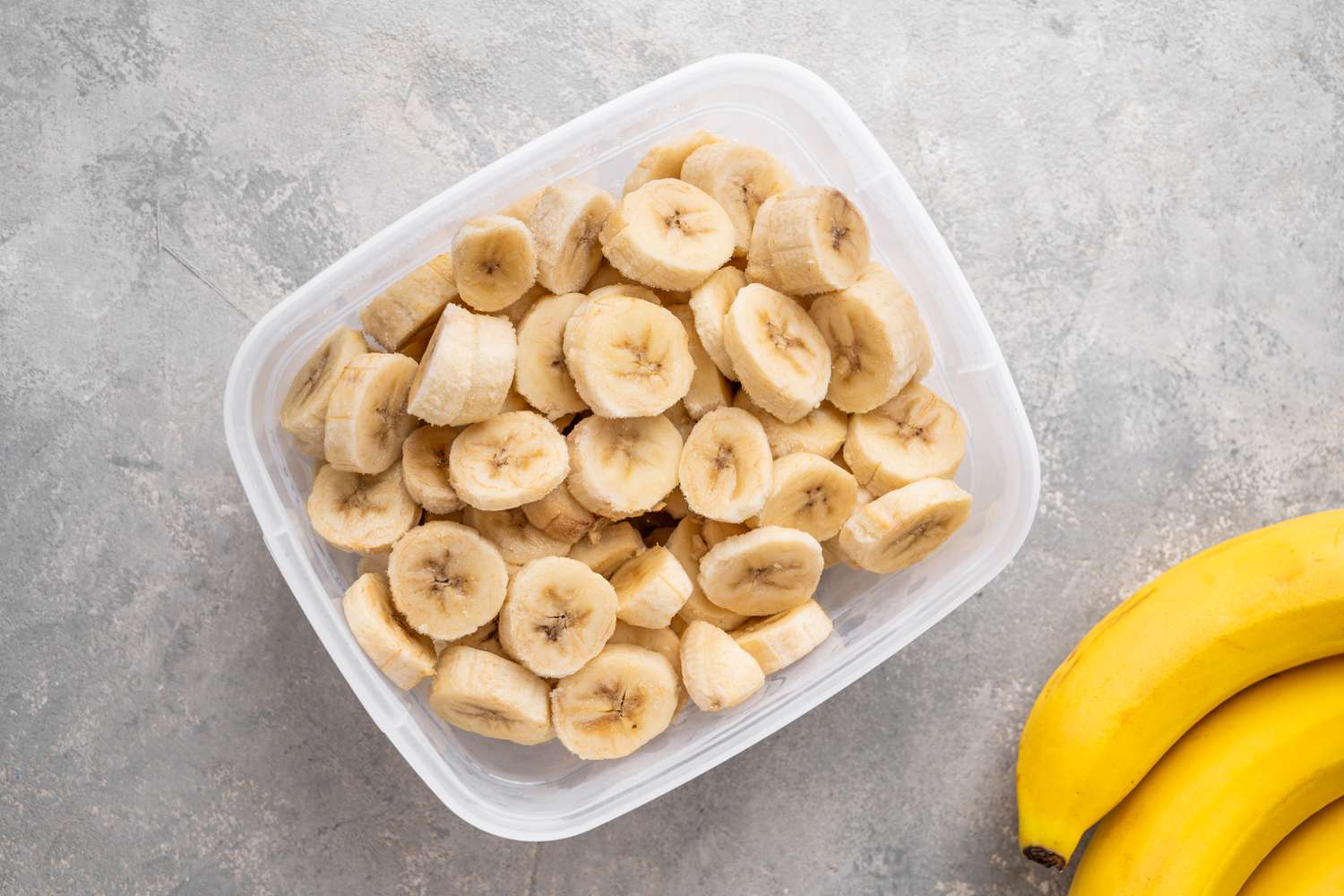
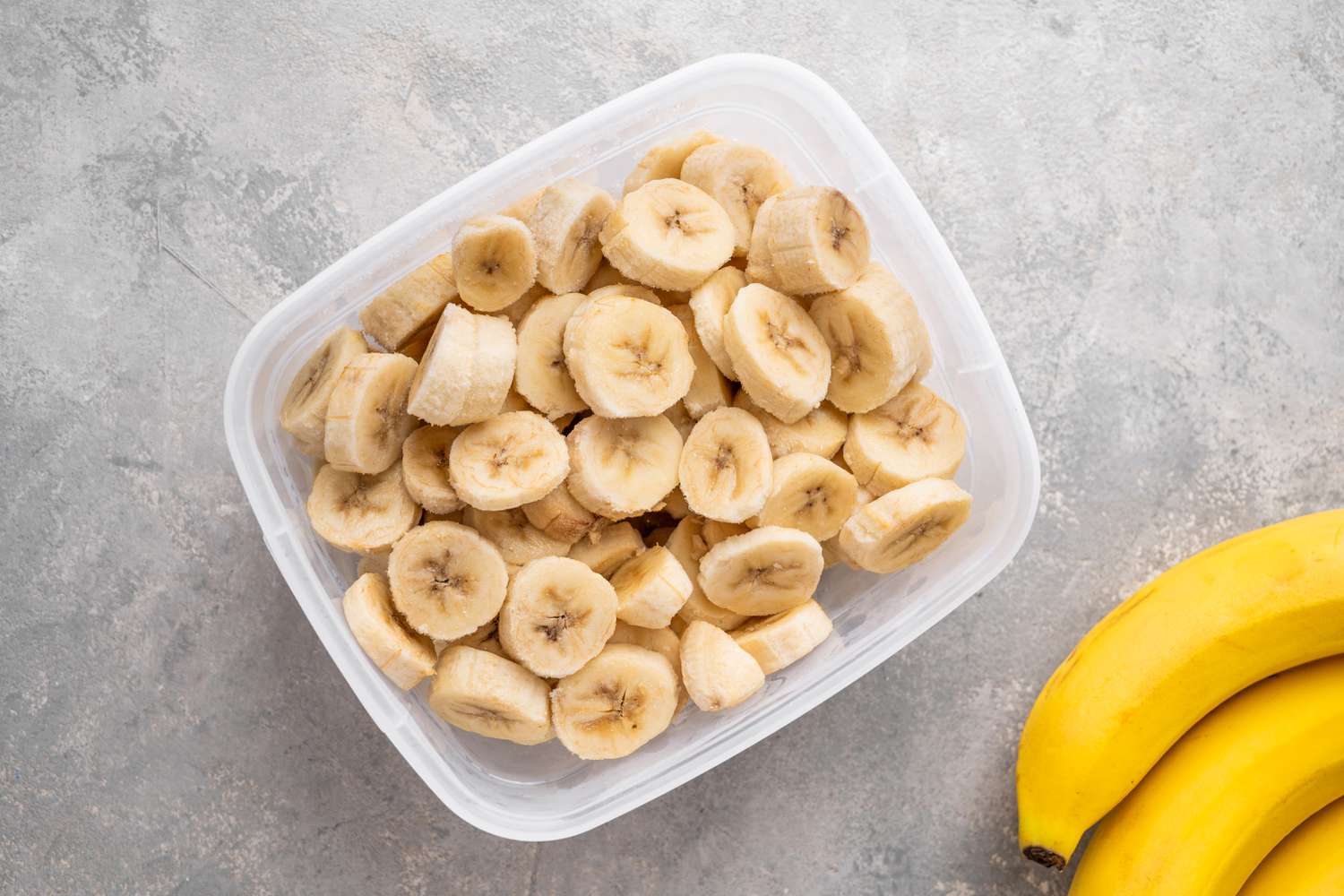
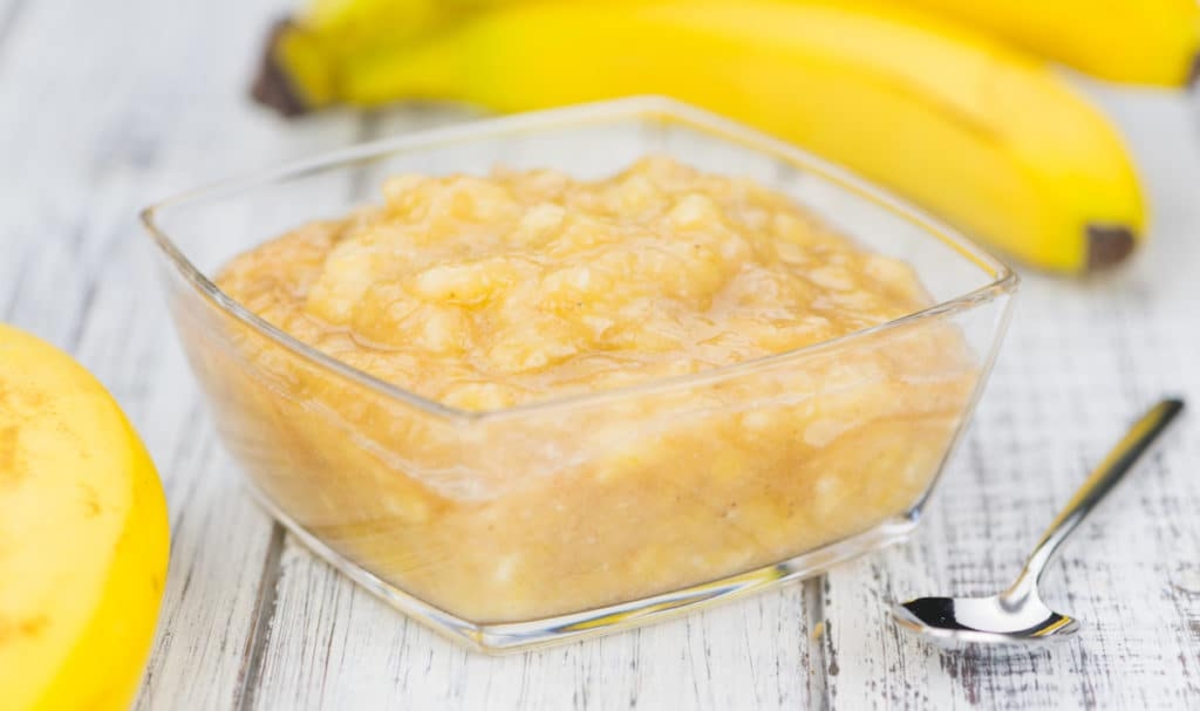
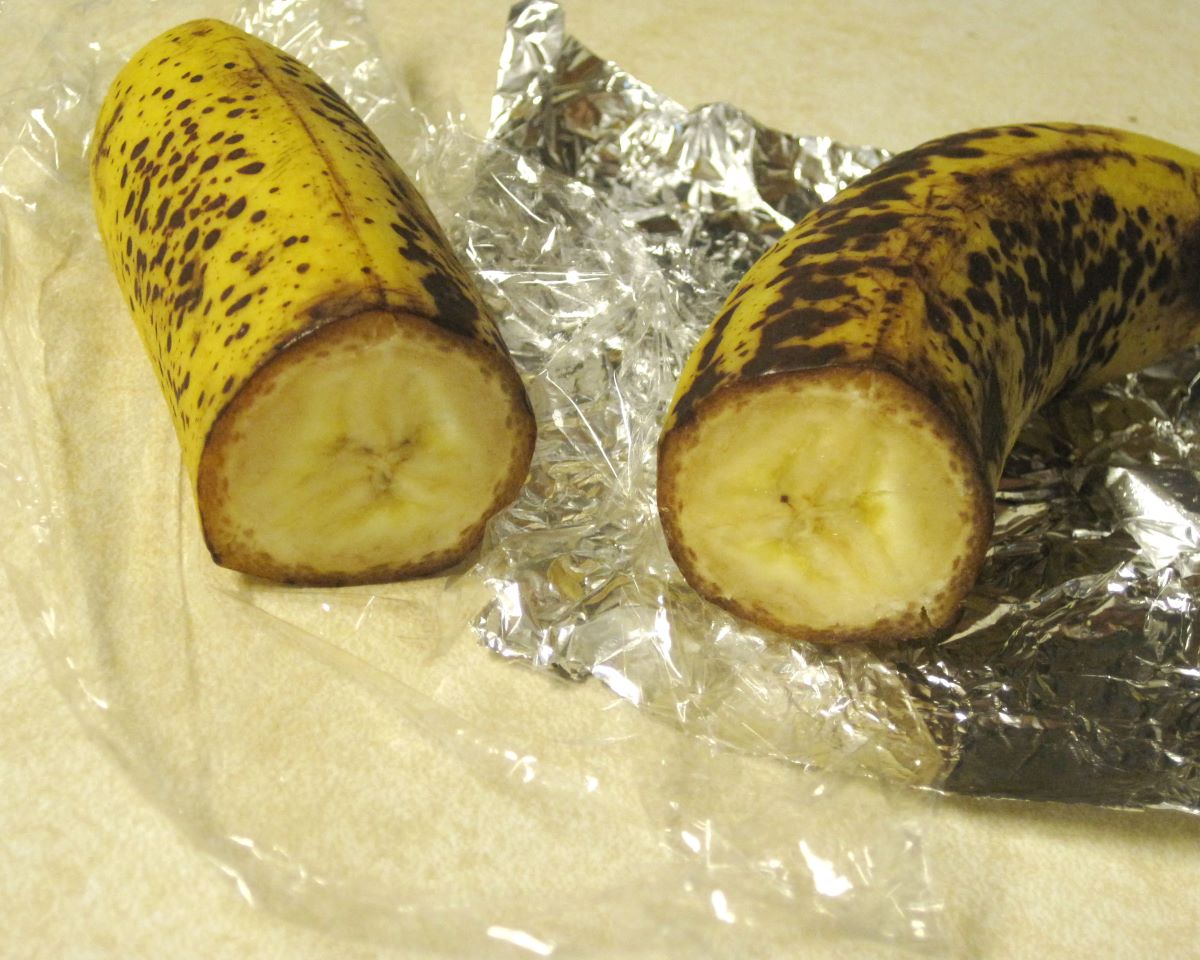
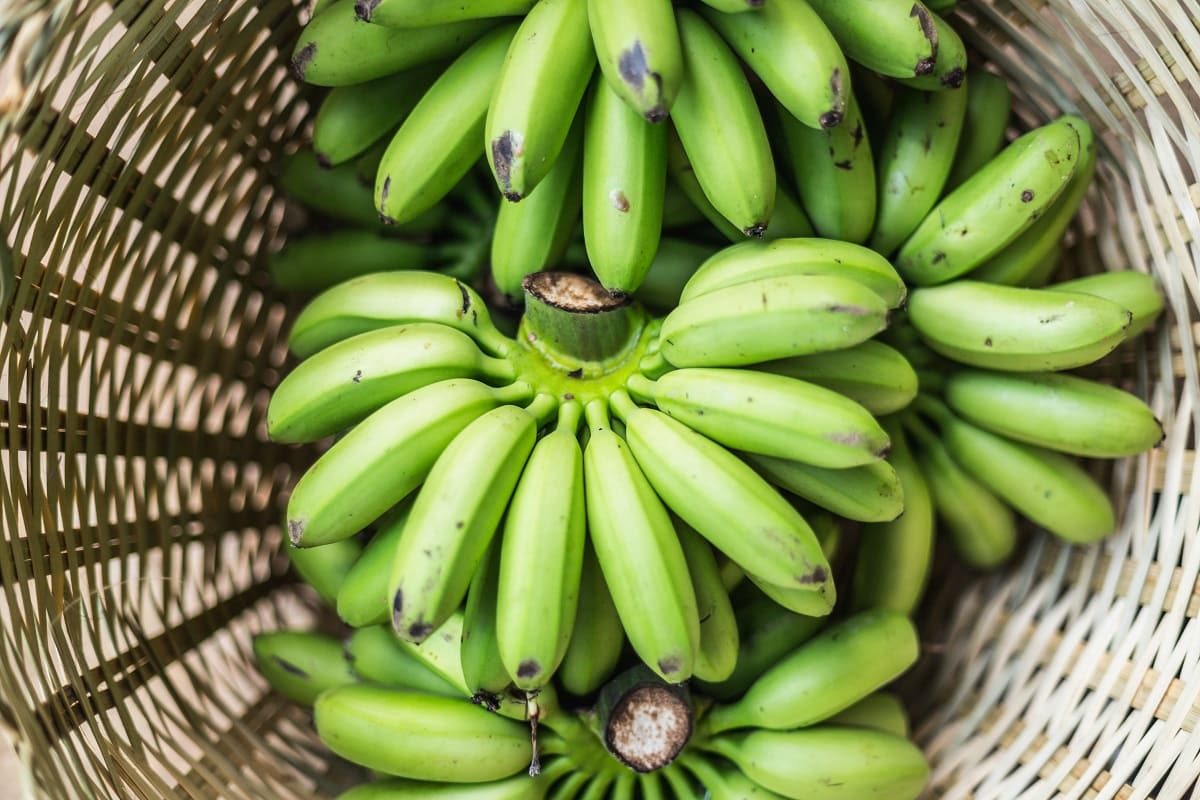
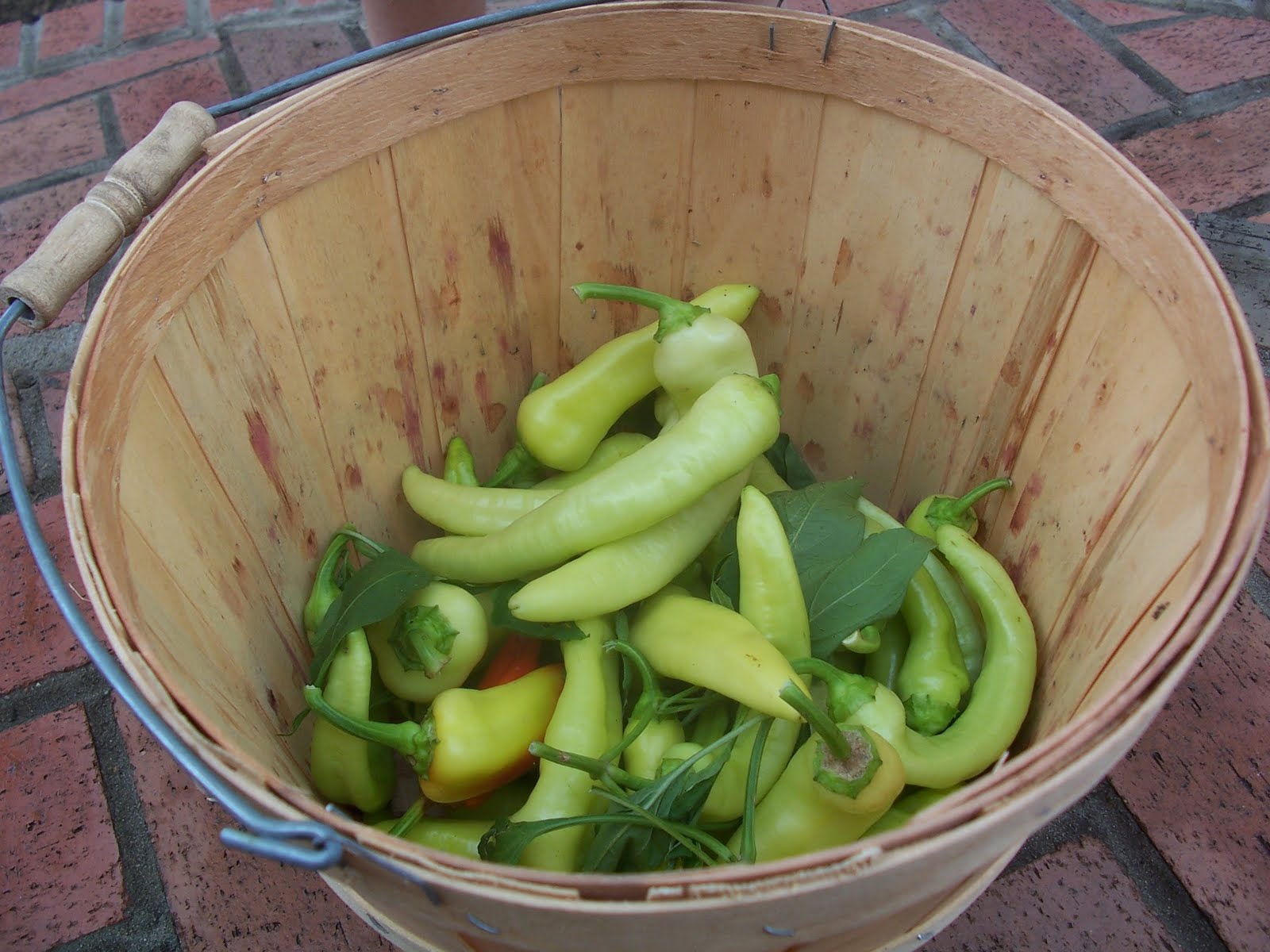
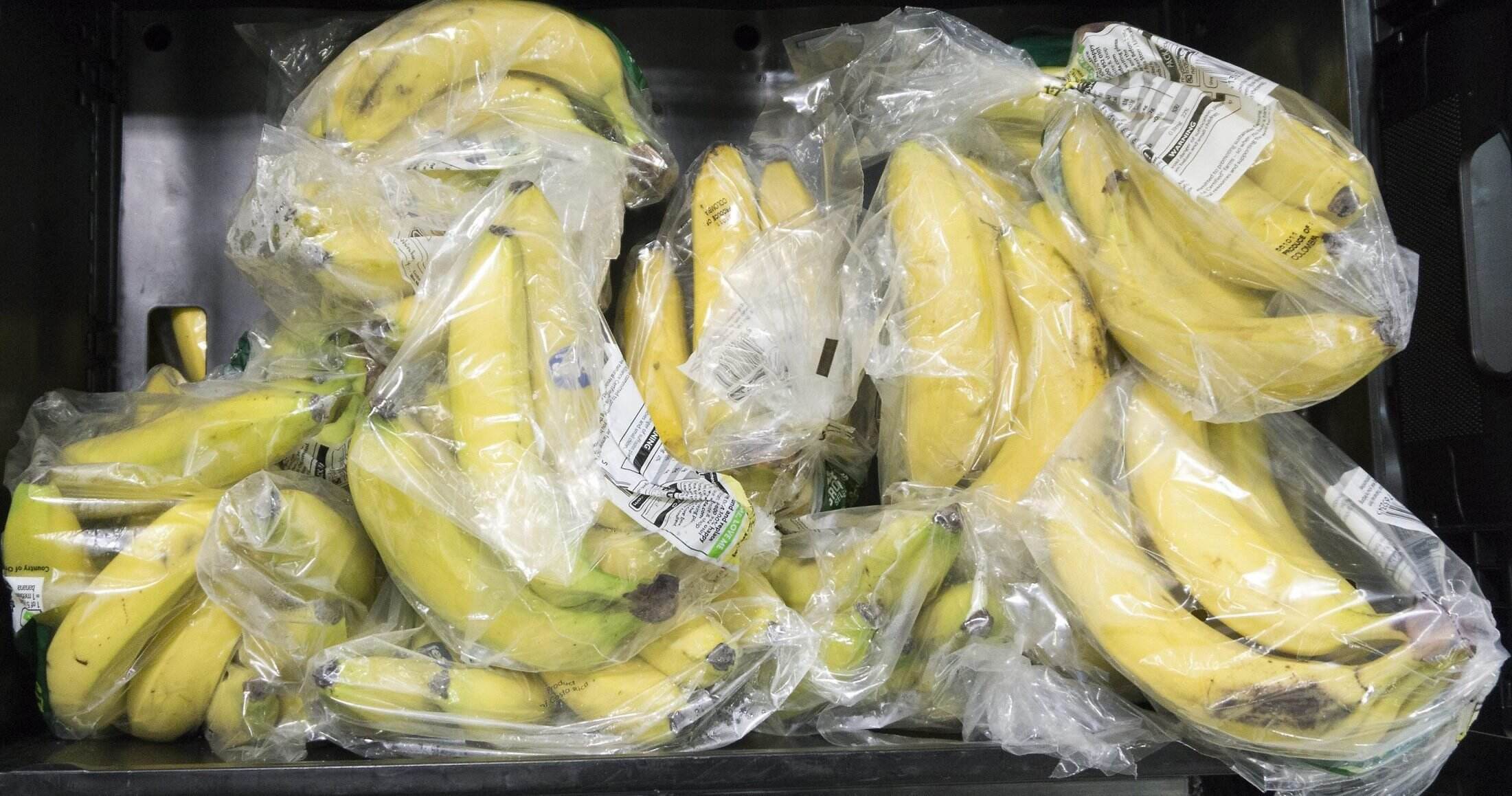
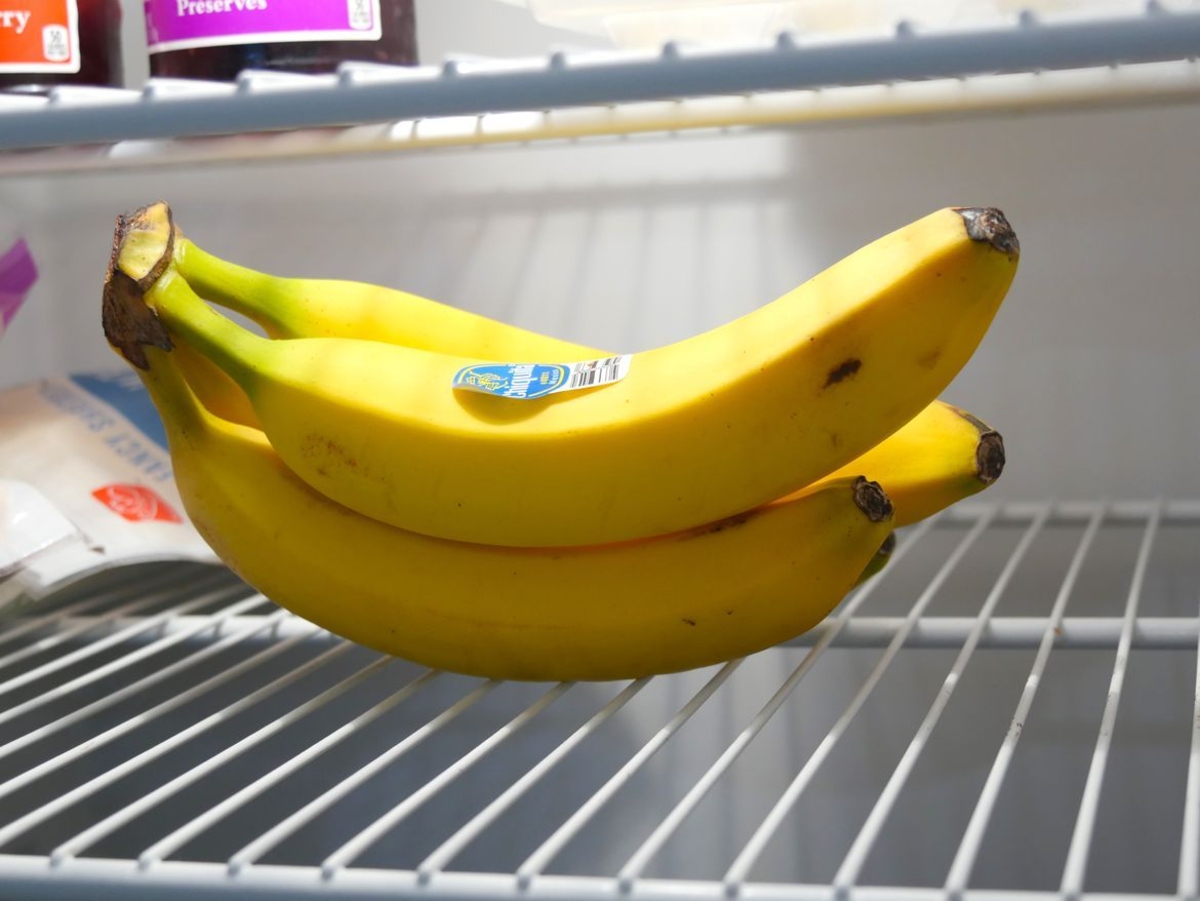
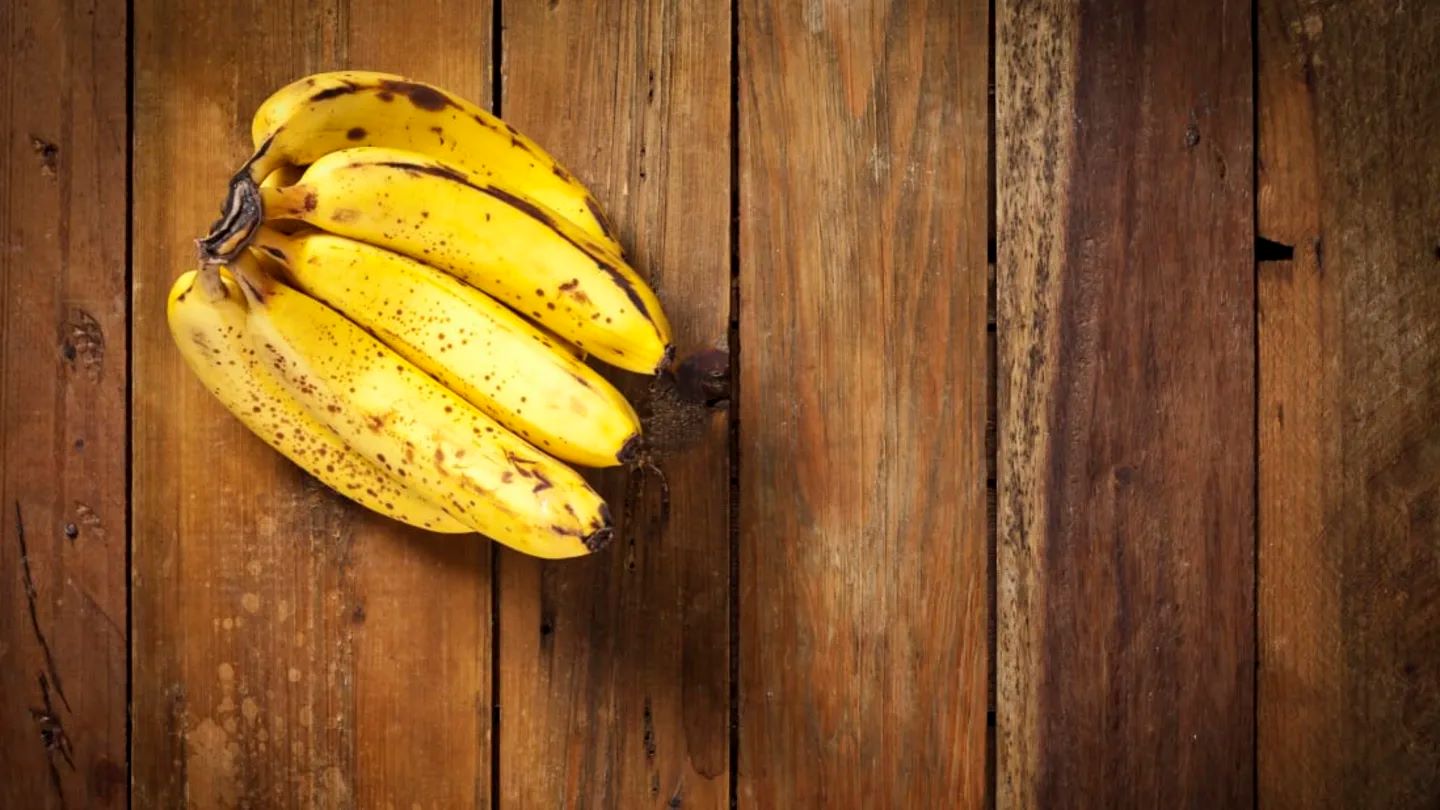
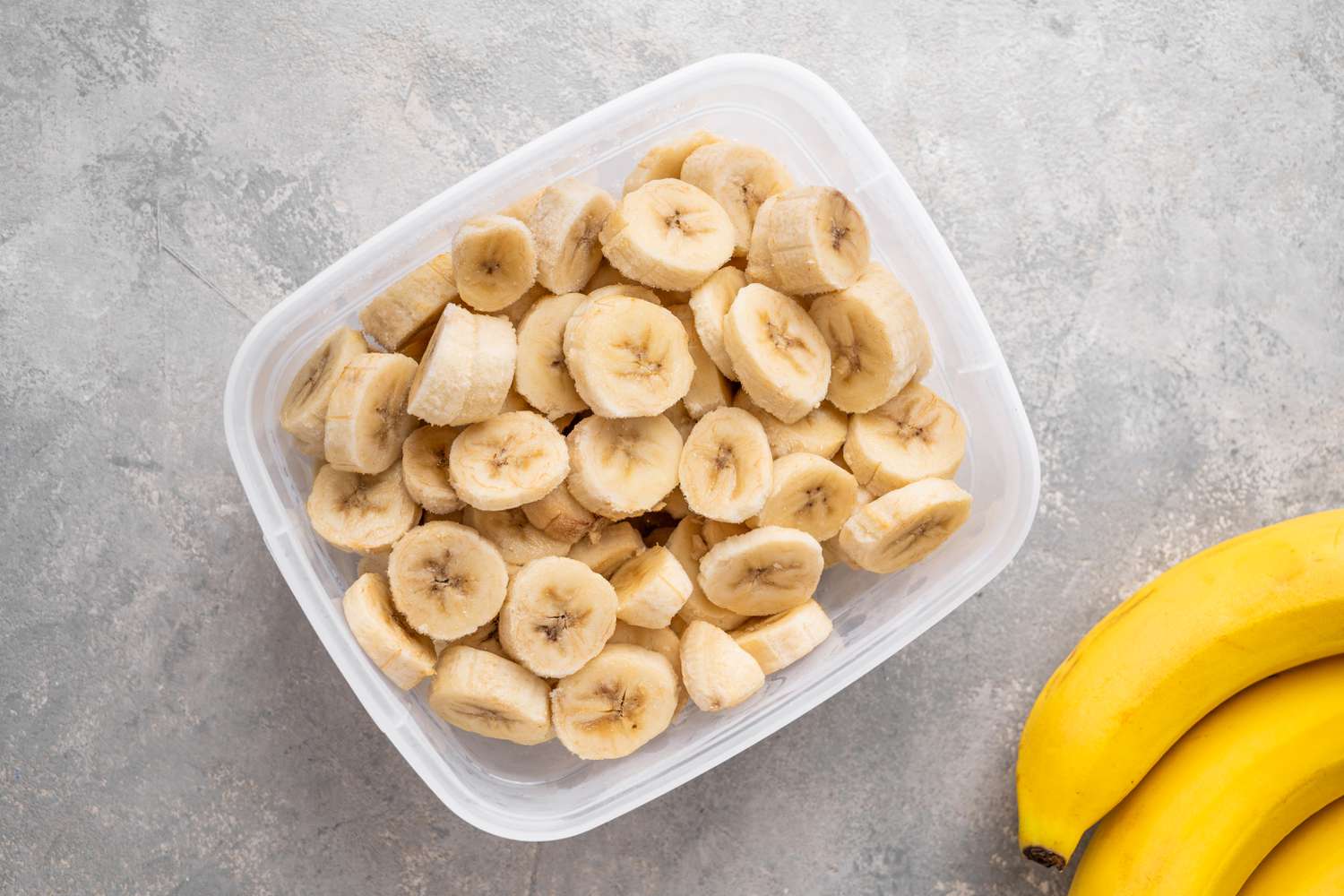
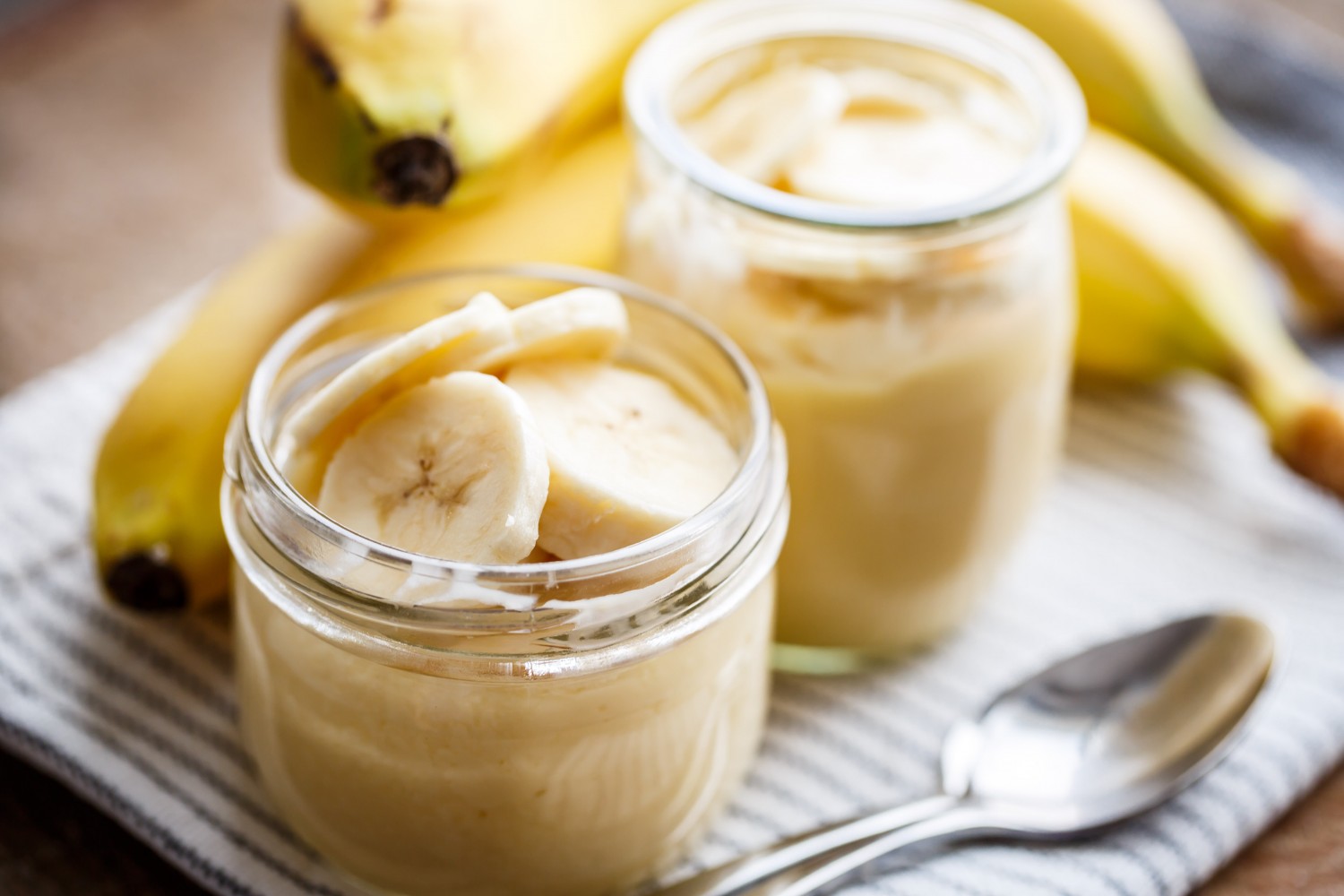
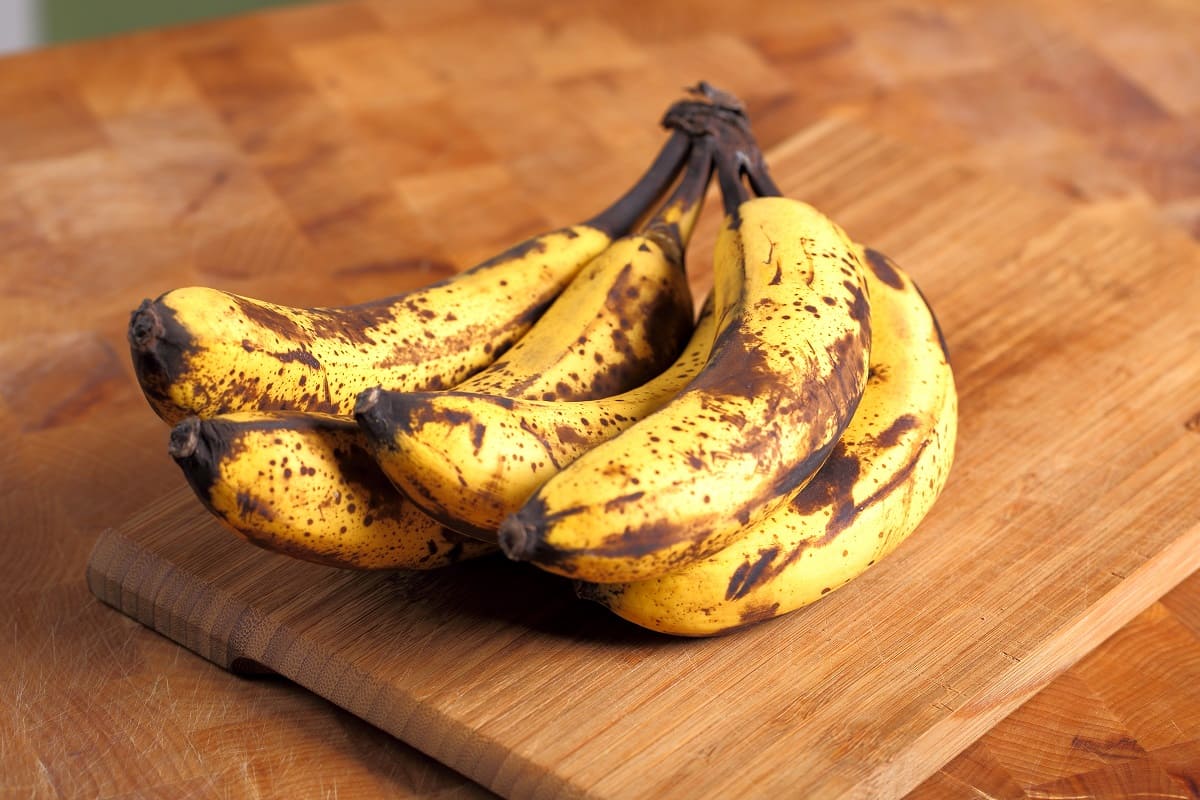

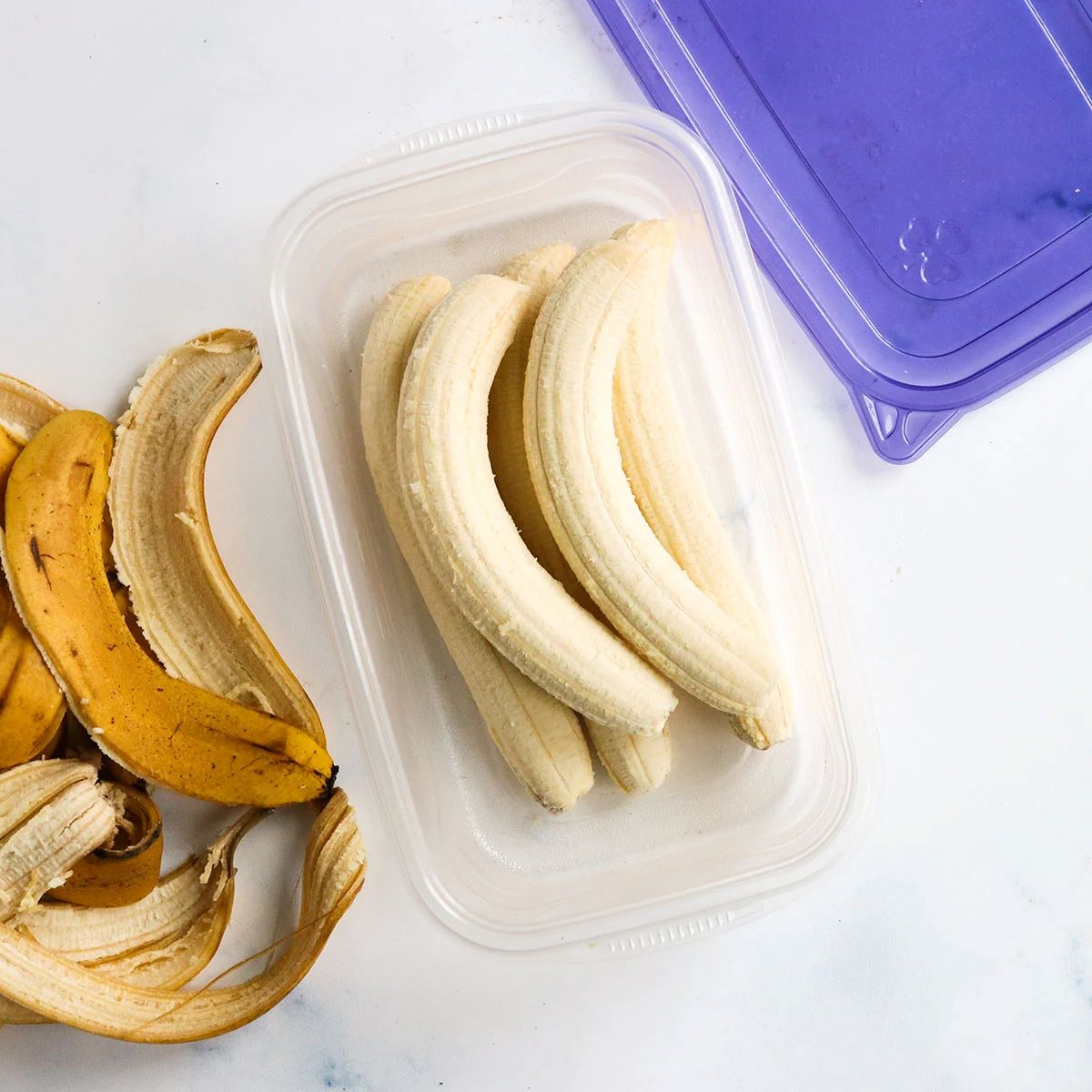

0 thoughts on “How To Store An Open Banana”